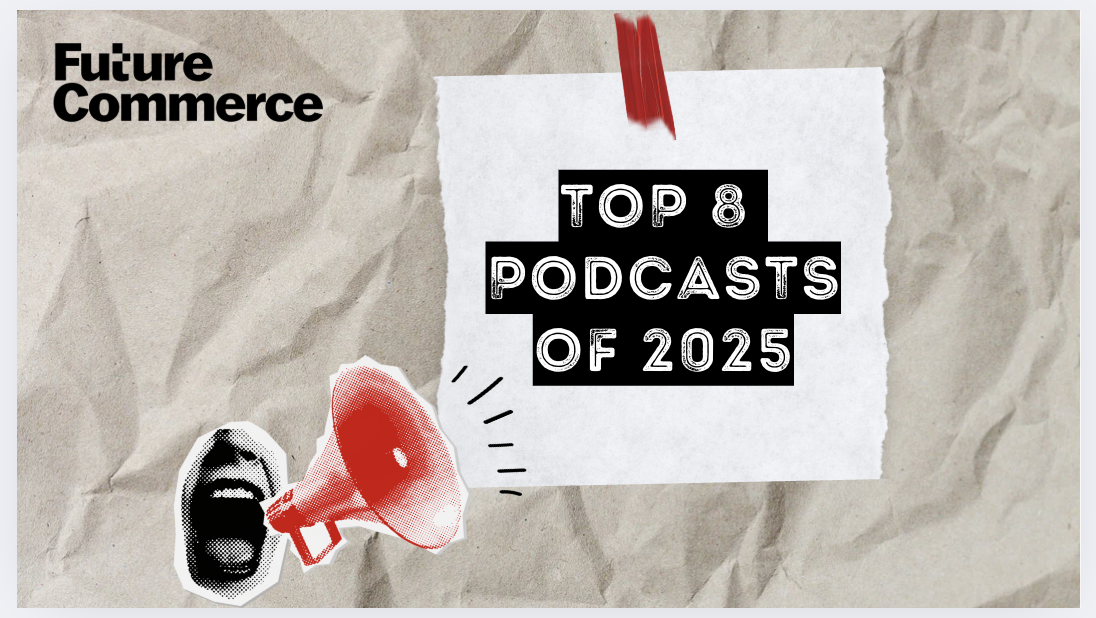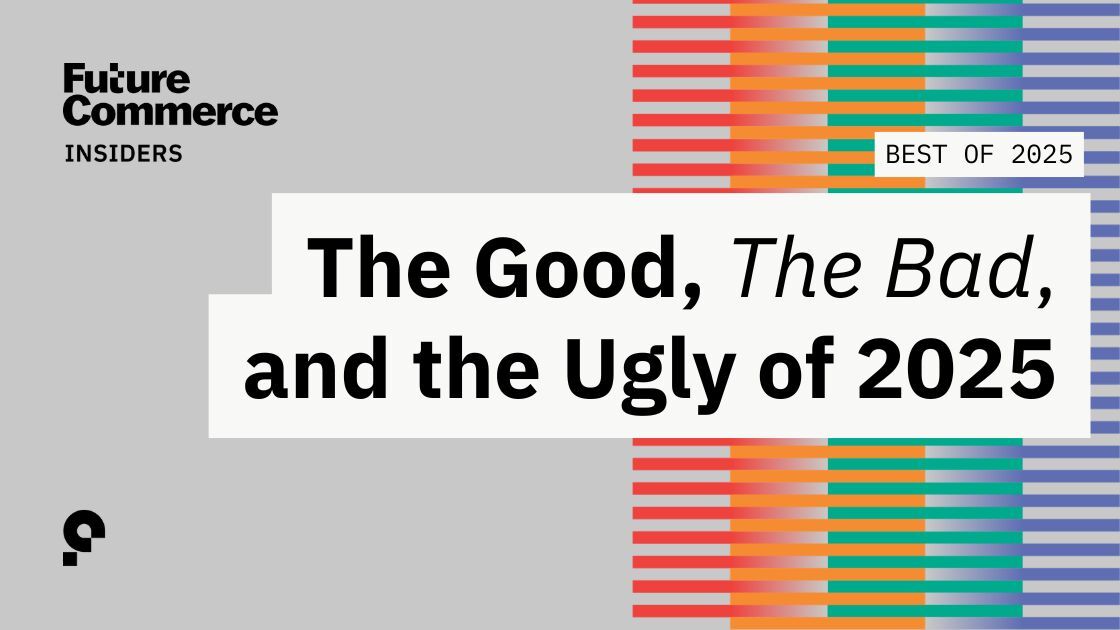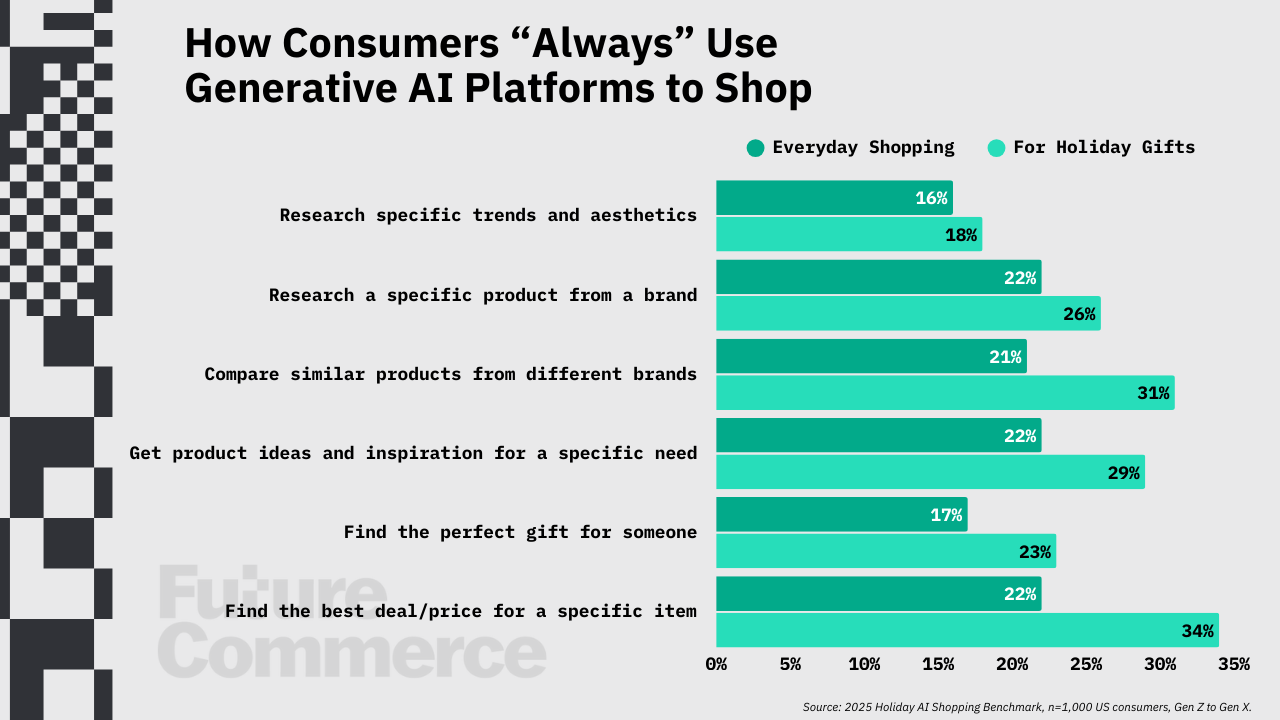.png)
Harrods, “Bougie Bucc-ee’s”, and Horseshoe Theory


The London Brief is a summer series from Future Commerce covering commerce and culture of the United Kingdom’s capitol city. You can read prior installments here: Issue 1, Issue 2, Issue 3.
Wandering around Harrods' famous Food Hall, it felt familiar. Not that I often browse cases of Turkish delight, Swiss chocolate, and macarons; but I was taken aback by the relative lack of bougie 'brands' in favor of tins in every shape, size, color, and variety imaginable, all emblazoned with a green and gold "Harrods" in cursive.

This familiarity reminded me that we have a special relationship to food and where we buy it, marks of quality synonymous with experiential retail, and how modern convenience isn't always at the apex of Maslow's marketing hierarchy, were there such a thing.
And then it dawned on me: Harrods Food Halls is Bougie Buc-ee's.
The Transatlantic Monobrand Divide
In the U.S., private-label giants like Kirkland and Great Value reign over a select few retail empires. But hop across the pond, and you'll discover a landscape dominated by store brands at every turn. From discount chains to high-end department stores, British shoppers are pledging allegiance to an army of own-brand products that would make even the most devoted Trader Joe's fanatic raise an eyebrow.
This private label proliferation in the UK retail scene stands in stark contrast to the more limited monobrand presence in American stores. The reason Buc-ee's feels so unique in the United States is because of its commitment to the bit.
Unlikely Twins: Harrods and Buc-ee's
If ever the horseshoe theory proved true, it’s here. The two brands could not diverge more apart from each other: in markets, merchandise, aesthetics, and clientele. As horseshoe theory presupposes, the greater the divergence, the closer they converge; thus the ‘horseshoe.’

Despite being on opposing ends of the horseshoe-like spectrum, Harrods and Buc-ee's share a surprising kinship in their merchandising strategies. Both have mastered the art of emblazoning their logos on everything from the sublime to the ridiculous: Harrods peddles designer totes and tacky teddy bears with equal fervor, while Buc-ee's plasters its buck-toothed mascot on trucker hats and Texas-sized hoodies.
That’s not where the similarities end. At both retailers, you can buy:
- Tableware and flatware
- Artwork and home decor
- Indoor and outdoor furniture
- Apparel for the entire family
- Fudge, stuffed mascots, toys, and games
- Personalized souvenirs
And the list goes on. Buc-ee's, often derided as the ‘final boss of capitalism,’ is actually endearing to those who may lack more cosmopolitan tastes; and it is kitsch for those who consider themselves to be above it. However, anyone who has ever ridden the Egyptian Escalators to Harrods' fifth floor ‘Shoe Heaven’ will also witness kitsch on the order of the Great Pyramid.

The Class Signifier: UK vs. USA Retail
While the US has a handful of mega-retailers who drive incredible volume in their owned brands, the UK was busy turning grocery and general merchandise shopping into a class signifier. Nothing says "I've arrived" quite like a Fortnum & Mason hamper or a Harrods bag swinging from your arm.
The middle-class tourist in the UK understands this through social signals without it needing to be explained; because these swinging signifiers are a mobile billboard, in a way that a Target bag in a major US city is not.
Buc-ee's is relatively scarce with fewer than twenty service centers across the American south, serving the middle class with beef jerky bars and pulled pork stations. Whole Foods is for the farmer's market crowd; Buc-ee's is for the farmer's tan crowd.
There’s just one Harrods. And it’s in Knightsbridge.
This is why both retailers are so impressive as standout private label machines: they deliver a more premium branded experience than their global competitors, despite the small scale of both brands. They arguably do retail better than anyone else, despite their size; or perhaps because of their size?
The Monobrand Matrix
Harrods isn't alone in this phenomenon. Among other standouts are Marks & Spencer and Waitrose—the comfort food comrades of the middle class. Their store brands are the retail equivalent of a 'warm cuppa' – familiar, reassuring, maybe a touch aspirational?
Stateside, we have Publix in the Southeast which feels like an equivalent to Marks & Spencer; but while Publix has its charms, Trader Joe's and Target are the one-stop-shop sweethearts.
To visualize this retail landscape, let's break it down into a 2x2 matrix:

A non-comprehensive breakdown of retailers with private label ‘monobrand’ strategies includes:
Premium 🇬🇧 Harrods, Fortnum & Mason, Selfridges 🇺🇸 Whole Foods, Williams Sonoma
Mid-Market 🇬🇧 Marks & Spencer, Waitrose, Sainsbury's 🇺🇸 Trader Joe's, Target, Costco, Sam's Club, Kroger
Budget 🇬🇧 Tesco, Lidl, Aldi UK, Iceland, Poundland 🇺🇸 Walmart, Dollar General, Family Dollar, Aldi US
Cult Favorites 🇬🇧 Greggs, Primark, Superdrug, Lush 🇺🇸 Kirkland (Costco), Buc-ee's, Publix
Unique among the private label brands' strategy, Harrods wraps its kitsch in a veneer of luxury, drawing in tourists such that the halls become a luxe logjam. They’ve found that tourists will plunk down £50 on a tin of biscuits to experience a bit of sophistication.
Buc-ee's, on the other hand, leans into its roadside charm, turning ‘gas station chic’ into a bona fide cultural phenomenon.
Their appeal lies in the seamless blend of exclusivity and accessibility, where even the most ordinary items are imbued with a sense of occasion. Both brands have cultivated an almost cult-like following, transforming everyday shopping into an experience worthy of storytelling.
Whether you're toting a Harrods green bag down Brompton Road or sporting a Buc-ee's beaver tee in the Lone Star State; whether peddling posh or proudly plebeian, the real profit is in making customers feel like they're part of an exclusive club.
— Phillip















.svg)
